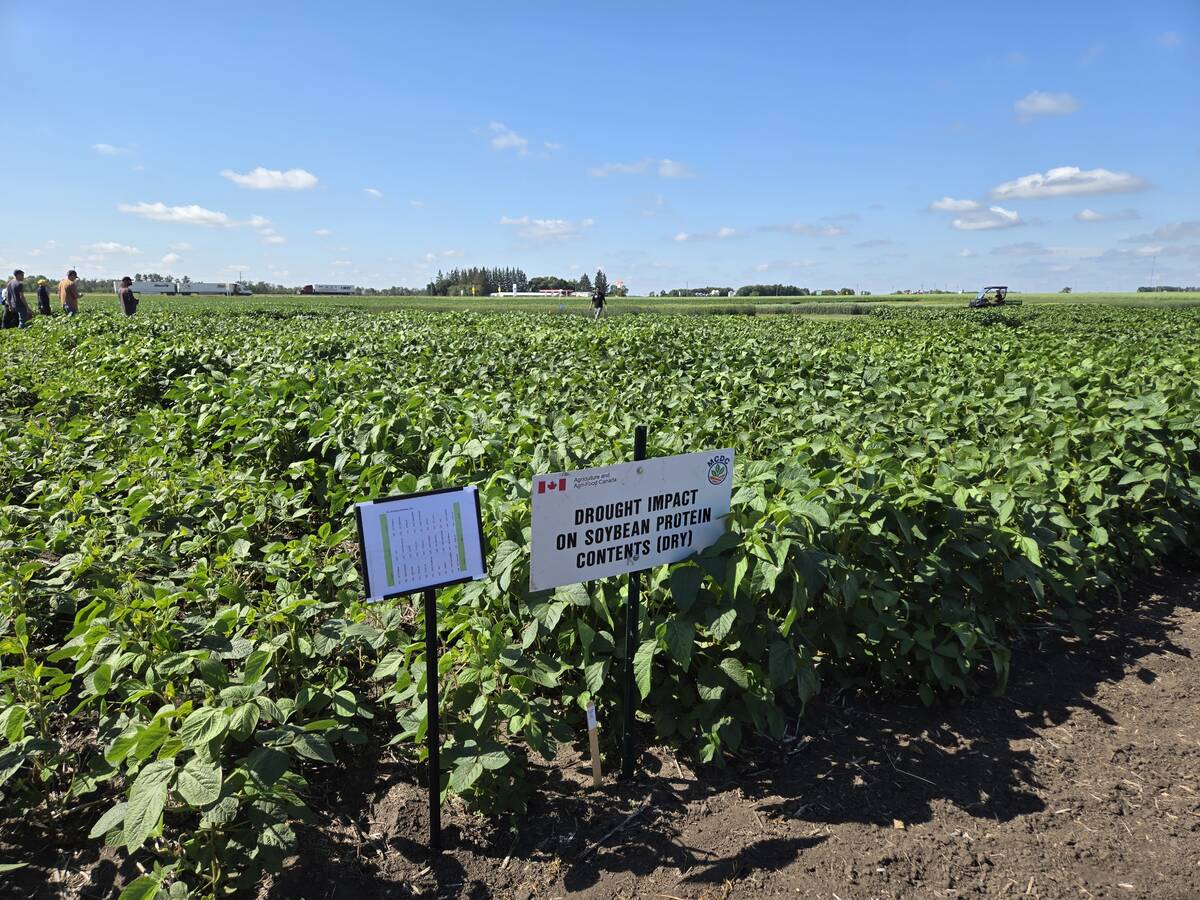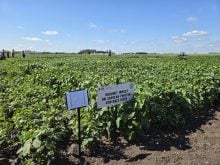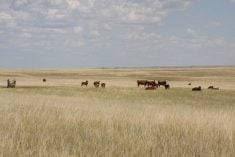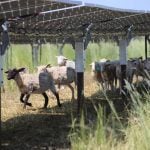Canadian cattle suspected of having BSE will not necessarily be killed immediately, says Canada’s chief veterinary officer.
It isn’t required that all animals from suspected BSE-infected herds be killed as a part of a disease control program.
Brian Evans told a conference of the Western College of Veterinary Medicine and the Saskatchewan Veterinary Medical Association that “it would likely only be some of those animals born in the same 12 month period would need to be destroyed for testing.”
Evans said BSE is not transmissible between animals in a herd situation and as a result the animal’s herd mates need not be destroyed.
Read Also

Carberry field day looks for agriculture solutions
Manitoba farmers explored research solutions for resilient crops, perpetual agronomic issues and new kinds of agricultural products at a field day at the Manitoba Crop Diversification Centre in Carberry on Aug. 6.
“The producer fear that ‘I will lose my herd’ is not a reality. The more we know about an infected animal and a herd, the more likely it is that we can limit the number of animals affected in the investigation.”
Evans said valuable animals that are suspected “may not even be taken right away. They can be permanently identified and kept in the herd, allowed to calve out three, four, five years, flushed.
“They pose no threat … and can be tested after their commercial life is over.”
He said the two North American cattle found to have BSE were cases in point.
Because of lack of traceability of the first Canadian case, “a black cow was condemned in northern Alberta” and 2,800 cattle were killed versus the well identified Canadian-born dairy cow found in the United States that led to nine animals slaughtered.
He said producers might mitigate their own losses by ensuring their animals are well identified.
“The Alberta dairy farmer (birth farm to the American case) kept good records. There were five methods of identification, four types of tags and certificates and the distinctive coat on her back.
“By the time it was found she had BSE, all were gone except one … and it was the photo the farmer kept of the coat on her back that finally traced her to her hide and finally allowed a match of DNA to the sample,” he said.
“That is what traceability can do for producers, and as veterinarians you need advise your clients accordingly.”














